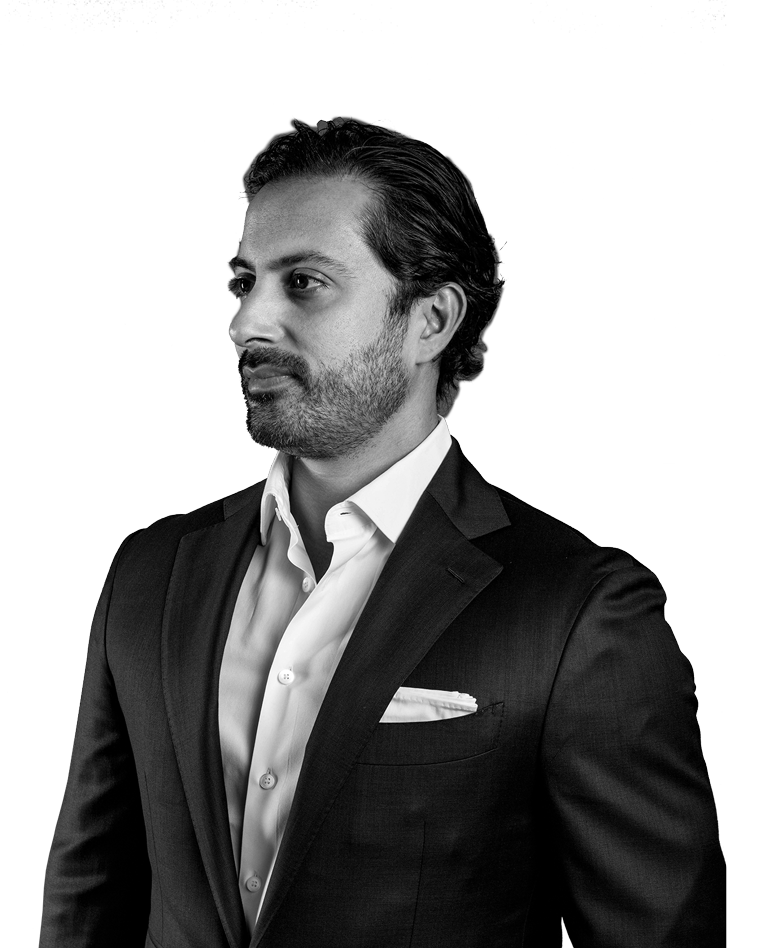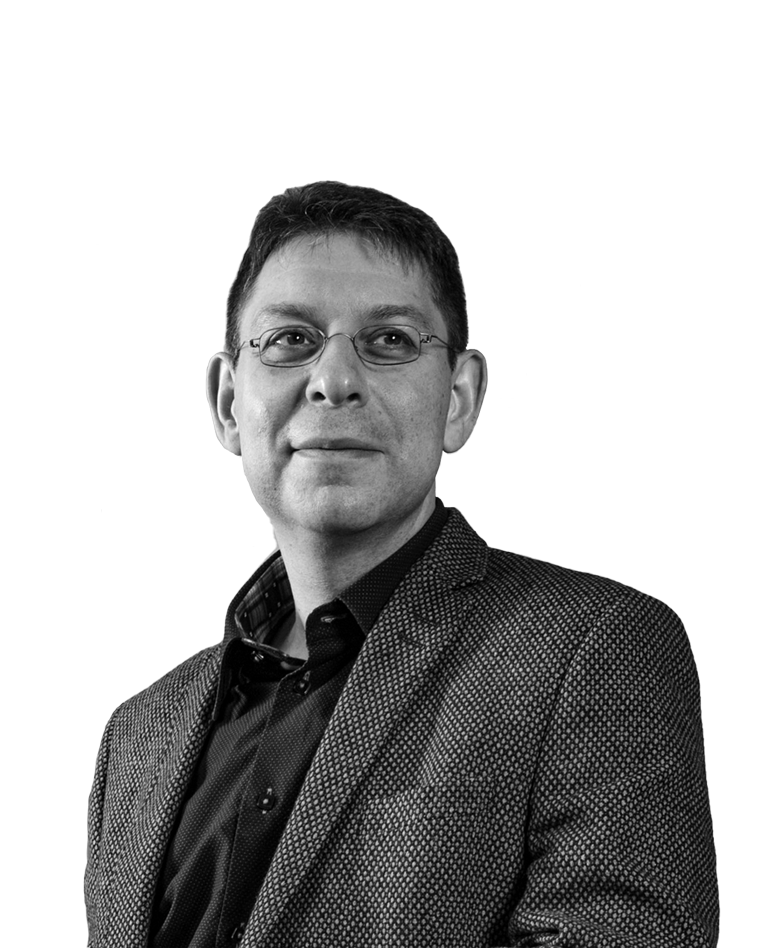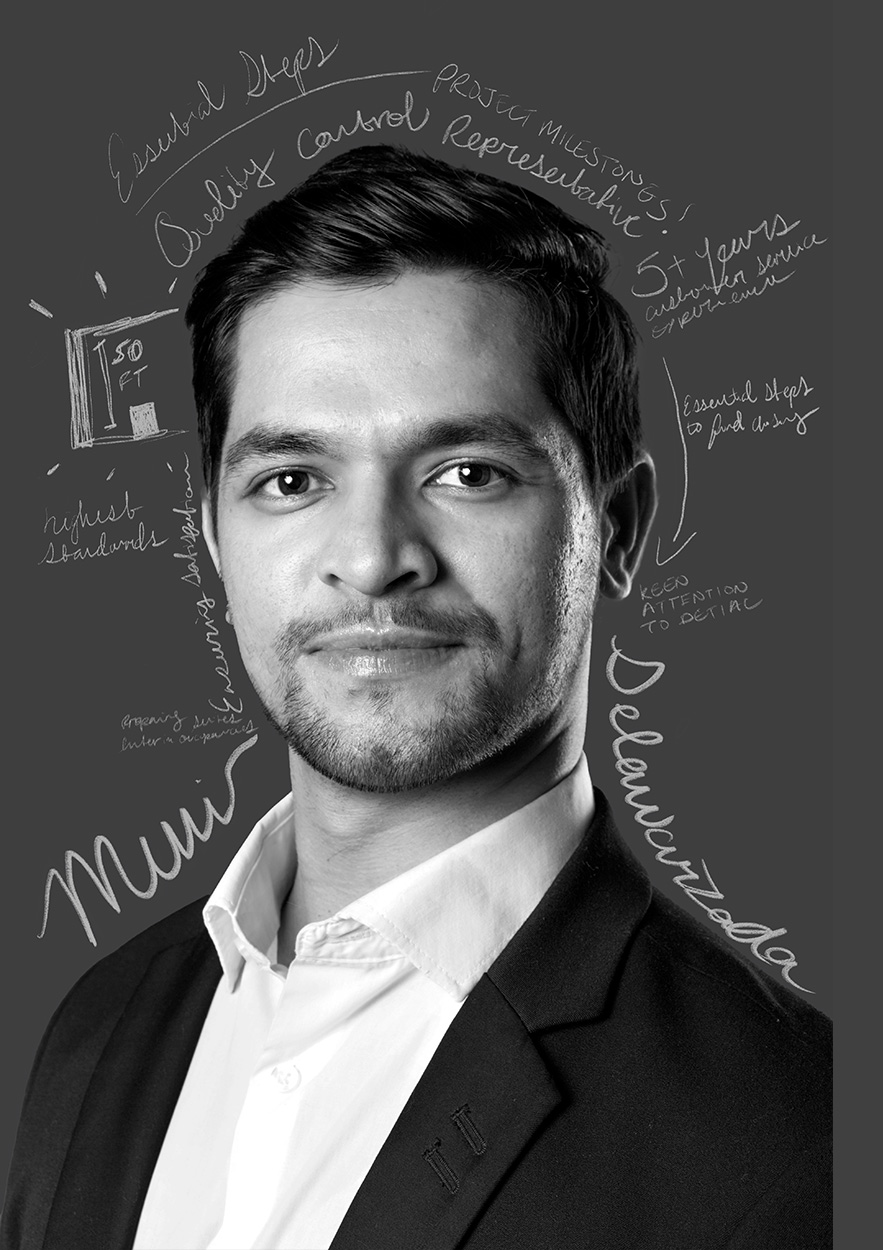DATE
January 29, 2021
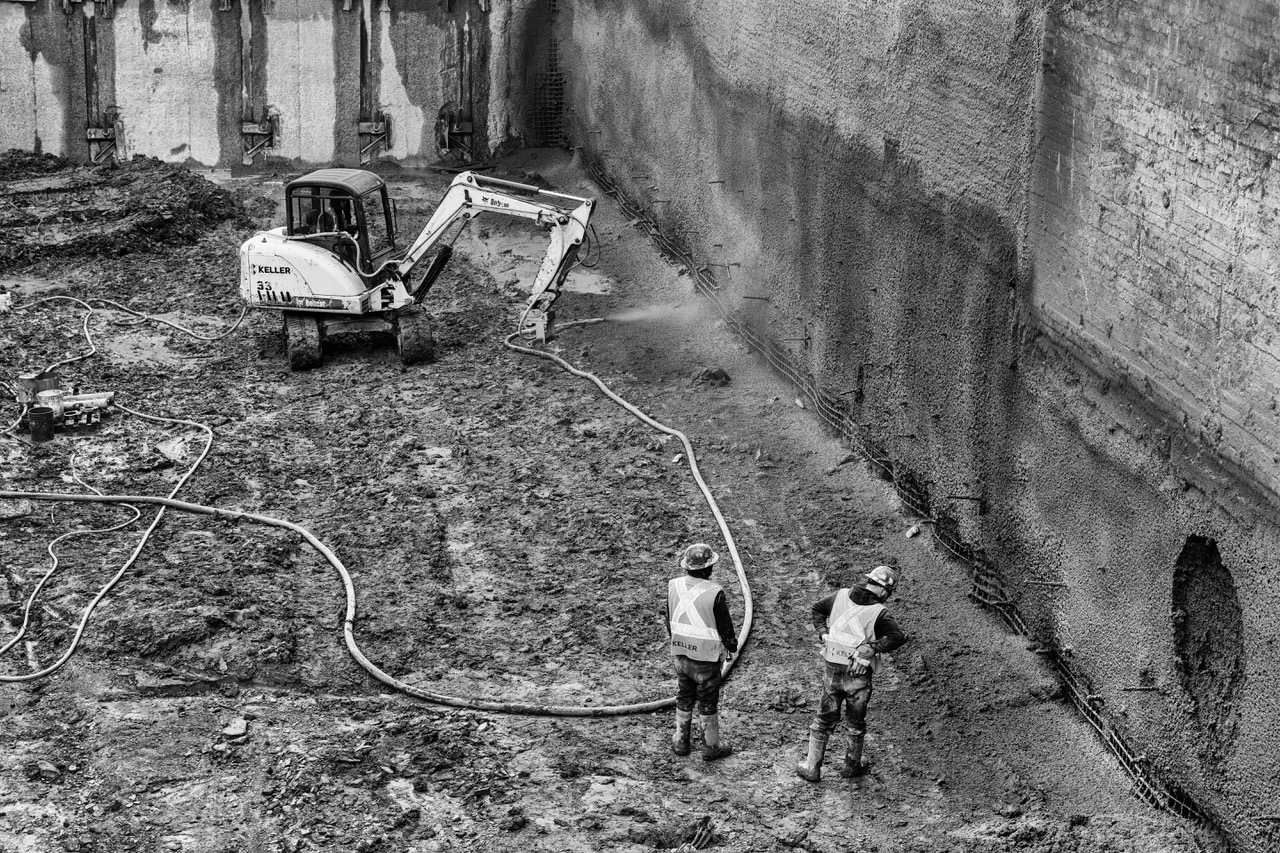
If there’s one thing Joy von Tiedemann knows for sure, it’s that most people don’t know construction. The average passersby see buildings fall and rise in Toronto, with new developments seemingly popping up on every corner. However, all of the things that happen from the time demolition starts to when a building finally tops off are the things that go unseen to the average onlooker: Years and years of planning, laborious work, long hours, hundreds of helping hands, and thousands of hours. This is precisely what allured her to the world of construction photography a decade ago and it’s the visual documentation of the “in-between” that she finds cathartic.
An established fixture on the Toronto real estate scene and someone who frequently captures the construction at MOD’s buildings, Von Tiedemann grew up in Mannheim, Germany before moving to Canada in the mid-seventies. It was here that she made her mark in the industry – shooting everything from fashion to portraits, interiors, and more, before landing in construction photography. We spoke to Joy about what she’s learned in various disciplines and what her career has taught her.
MOD: How many years have you been in photography? What made you want to get into the industry in the first place?
Joy von Tiedemann: I have been a photographer for over 40 years. Since I was very young, I always had a keen interest in imagery. My father had a small advertising agency, so I often looked over his shoulder to see what kind of images he worked with, what copy it related to, how photography informed design, etc. I can actually say I got into it because of my father. It was the first job I did and I never changed it.
You have a really interesting professional history because you’ve worked in pretty much every industry. How do you feel your formative years inspire and inform the work you do today in construction?
Yes, I’ve worked in many different industries and I’m so glad I did because I feel like I have experienced so many varying aspects of photography. My career to date has evolved and progressed because of how my interests have changed over the years. Different things fascinate me now then when I first started 40 years ago. However, there are certain techniques that I’ve carried with me and employed, whether I was shooting products, jewelry, beauty, fashion, architecture and now construction. To begin with, I really learned how to light a person properly, which is incredibly important. When I made the transition from fashion photography to interiors (which I did for many years for great designers), I learned a lot about how to properly light a space. Interior designers create a certain mood with lighting and you have to ensure that you don’t interfere with that.
My greatest skill that I’ve honed over the years, is that I’m able to connect with people so that they feel comfortable and not self-conscious. This is a beautiful privilege, actually. Being able to photograph people when they are most vulnerable, or just simply being themselves.
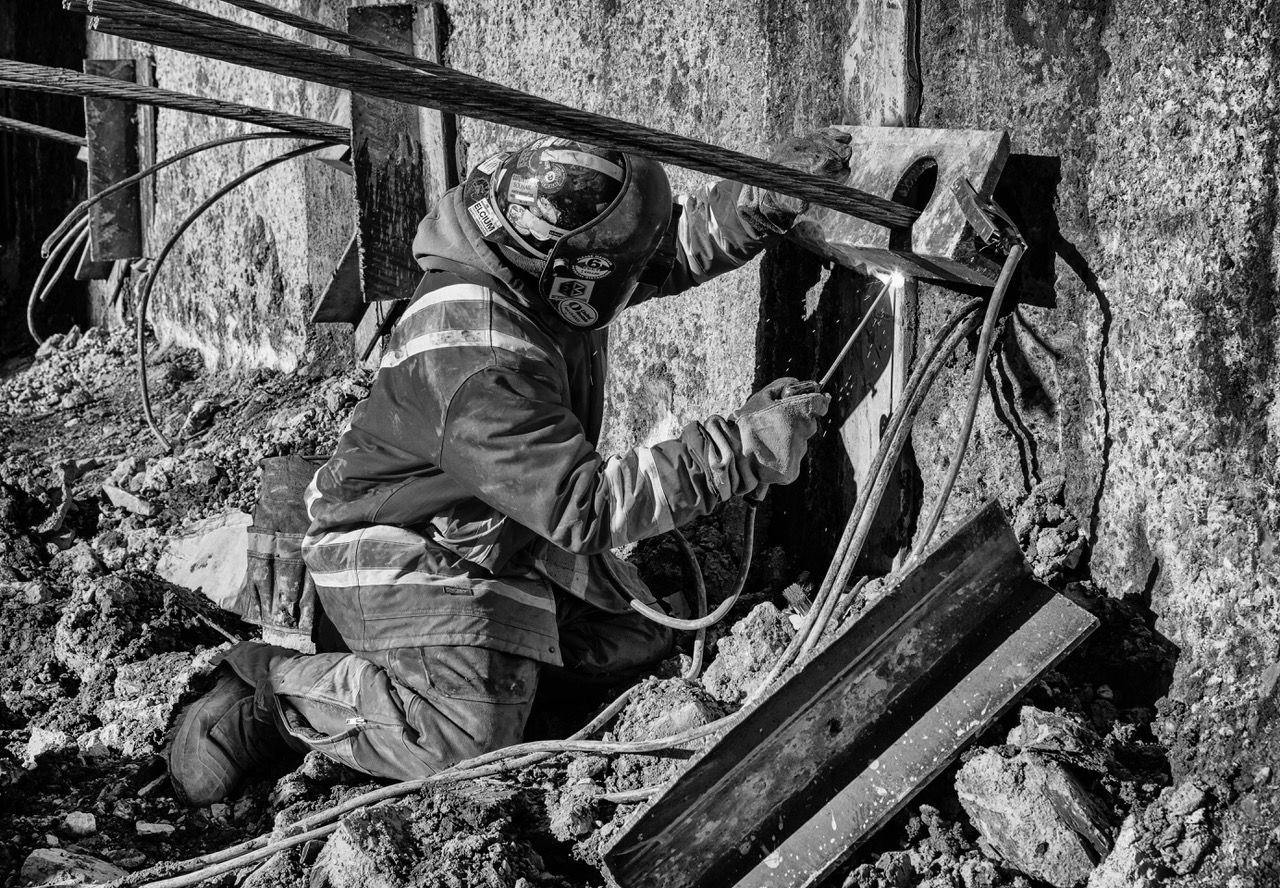
How does being behind a lens influence your outlook on life?
My work influences my outlook on life because it’s taught me to be more present and more aware at any given moment, whether I’m shooting or not. I find so often that people are not present because they’re distracted by so many things. Whether I’m with my family, friends, at work or on a job site, if you’re in front of me, nothing else exists but you. I also think that photography has afforded me a really unique perspective. In my line of work, you can either choose to see the imperfections before you, which may be discouraging, or you can choose to find beauty in those imperfections. Life is very much the same way. You can either choose to see the bad or the good. It’s all about your outlook.
What inspires you the most about construction photography in particular?
Construction is truly fascinating because it’s vital for the evolution of our cities, but only a few know how the end product is actually achieved. What inspires me the most about shooting the process is that I’m able to see what the architectural plans are right from the beginning. From the drawings to the model building, to the time the hole is dug into the ground, then I see what’s actually manifested and built-in reality day after day. I truly feel privileged to witness that process.
When I first started shooting, the workers were so confused about why I was there and why I wanted to photograph what they were doing. It’s not a glamorous job, and something not typically documented, which I find compelling in and of itself.

You’ve seen buildings go up from the get-go. Is there a certain phase in the project that you would say is the most interesting to photograph?
Absolutely! I find excavating a riveting part of the process and also when they drill in the anchors. There are these very large, strange-looking machines that drill in, pull out wires and anchor the wall so that everything is steady. Visually, I know it’s going to look incredible — especially in black and white. To me, it looks like something out of a sci-fi film! (Laughs).
Another thing I’m really passionate about is shooting women on job sites. Historically, women haven’t had much of a place in construction because of the stereotypes that we’re not “strong” enough, which is totally untrue. Women are perfectly capable and incredibly tough. I love to capture them in action at work, whether they’re delegating tasks or carrying big bars of metal across the foundation.
What do you find special about shooting MODs projects?
With respect to Five St. Joseph, The Massey Tower, and Waterworks, there’s still a little bit left of the “old” and the way that MOD ties it in with the “new” is an art form in and of itself. Shooting construction sites that have a historic component is interesting because there are different techniques and processes in place to ensure nothing that’s supposed to be preserved gets damaged. Waterworks, in particular, used to use these steel structures to support the gigantic pre-existing heritage walls. Of course, there are also all of these beautiful details (both subtle and pronounced) that are embedded into the architecture. It’s interesting to see how time has its way with things.
You cited this image as one of your favourites from Waterworks. Can you explain why you like it so much?
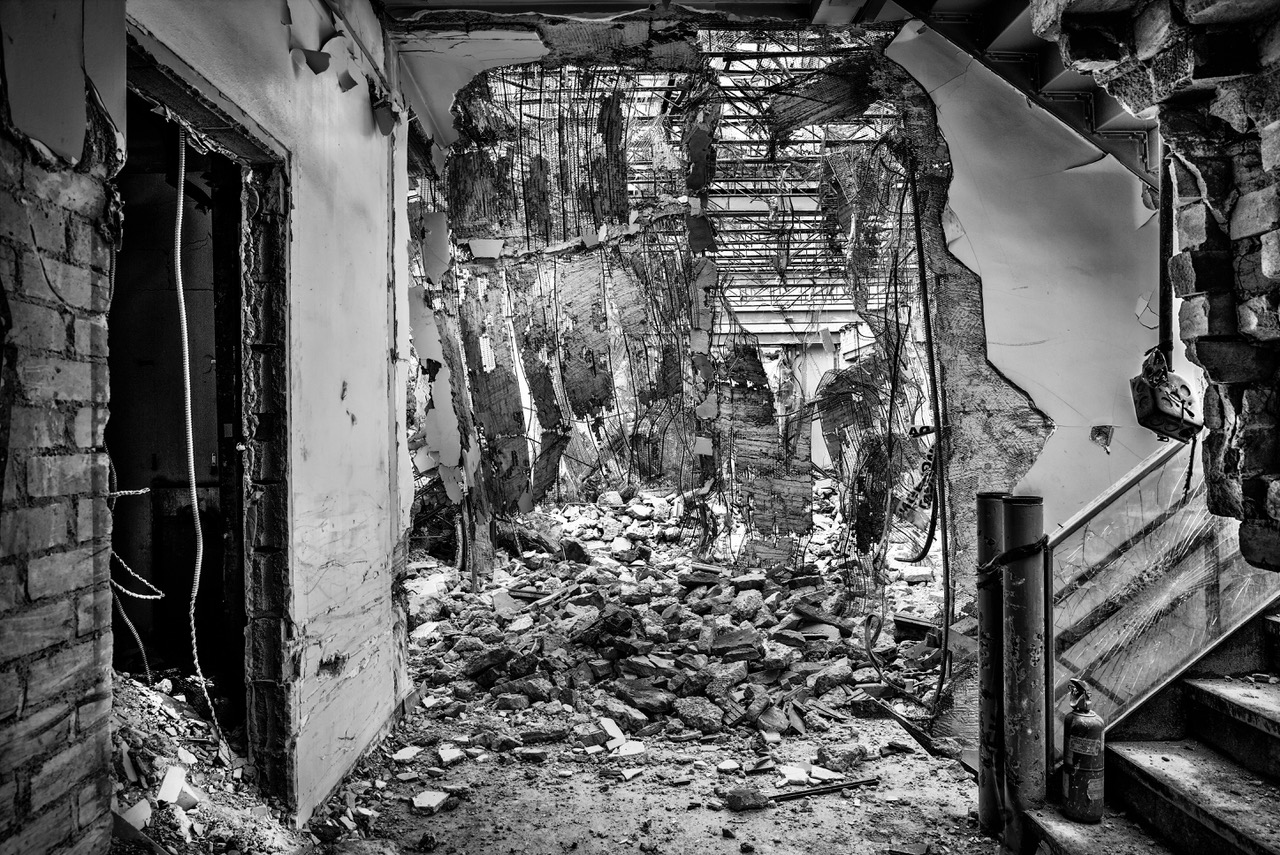
I love this photo because it exposes all of the layers that existed beneath what the human eye sees. As if peeled back like a curtain, the wires are dangling from the ceiling, the paint is peeling, metal appears to be crawling out of the walls in strange contortions. There’s something rather melancholy about demolition — especially in a place like this — because you realize that it will never exist again like it once did. I’m proud to have been privy to witnessing moments like this.
Do you have any advice for anyone who wants to get into construction photography?
The best advice I can give is to just get out there and start shooting! In the beginning, you may take some bad photographs. The lighting might be off, your subject off-kilter, perhaps you experiment with different mediums like film or digital to find what feels right. However, eventually, you will develop your own unique style because you will see the world from your point of view. Find your vision, seek out a fresh perspective, and then use your passion to drive you to get better and better each day.


